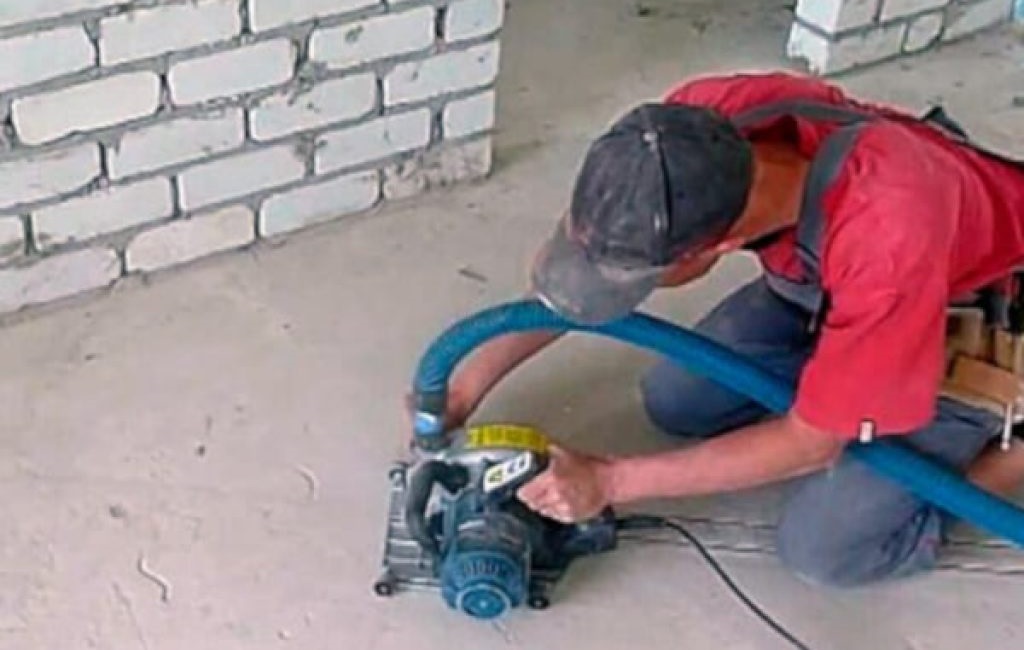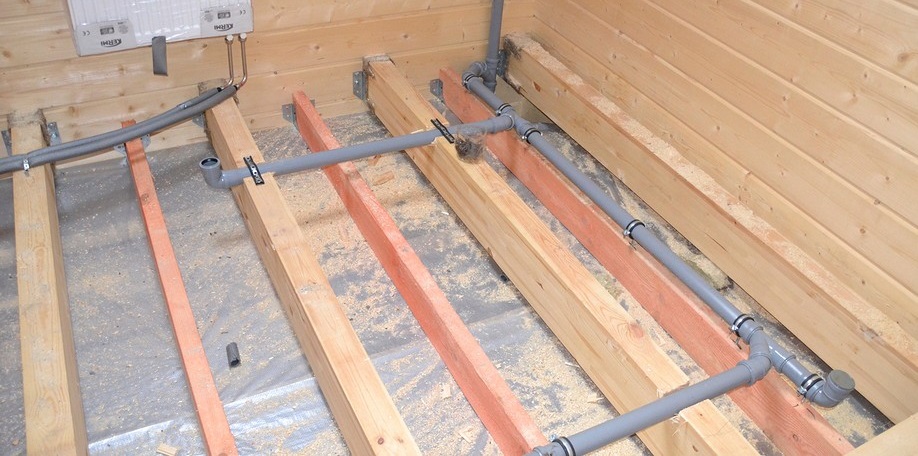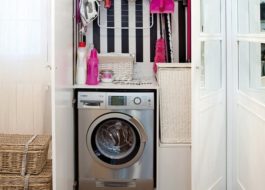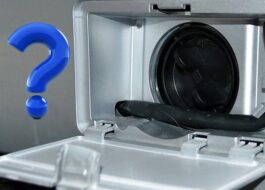Floor drain for washing machine
 Most often, a drain for a washing machine is installed in the wall, but this is not always possible. If for some reason this option is not available, then you can make a drain in the floor for the washing machine. This is also very convenient, because in this case you can lay the pipe under different floor coverings and even in the screed. We will analyze in detail how to properly organize such a drain, as well as how difficult it is.
Most often, a drain for a washing machine is installed in the wall, but this is not always possible. If for some reason this option is not available, then you can make a drain in the floor for the washing machine. This is also very convenient, because in this case you can lay the pipe under different floor coverings and even in the screed. We will analyze in detail how to properly organize such a drain, as well as how difficult it is.
We lay communications in the finished screed
If the screed in your house is already ready, but the flooring has yet to be laid, then organizing the drainage will not be particularly difficult. In this case, the following instructions will help you:
- using a grinder, cut the groove in the screed so that the sewer pipe fits;
- then lay a sewer pipe 50 millimeters into it;
- then install the rubber adapter sleeve into the sewer pipe.

- Finally, use the installed adapter to connect the washer's drain hose to the drain.
When working, it is necessary to take into account the slope of the sewer pipe, for example, if a sewer pipe of 50 millimeters is connected to the washing machine, then the slope should be 2.3-3 centimeters per 1 meter of pipe length.
In a situation where the screed is not yet ready, it is permissible to place a drain pipe before pouring. In this case, it is also necessary to follow the rules of slopes.
At the same time, it is not recommended to immediately install the “house helper” drain sleeve, having previously extended it. This is due to the fact that the service life of the washing machine hose is much shorter than the service life of the screed. In addition, the drain hose is not able to withstand increased load, plus the longer the hose, the greater the load on the pump. This is why the maximum possible length of the drain hose is usually only 3 meters.
In extreme cases, the drain hose can be laid in front of the screed, but then you should use a protective casing. This way the hose will be in the pipe, its protective properties will be better, and it will be much easier to replace it if necessary.
Under the plank floor
Let us separately analyze the situation when there is no screed, but there are wooden joists on a concrete slab, on which a plank floor or chipboard covering has already been laid. Then you will first have to open up the floors, and after the work, either put the boards back in place or replace them with new ones. Under the floor covering between the joists you need to place a drain pipe, for which the slope requirements already listed apply.
Then the sewer pipe must be connected to the corner, and then the corner should be removed through a hole in the floor. Finally, use a rubber adapter to connect the washer sleeve to the pipe. The main disadvantage of this method is that the user cannot control the possible leakage. Therefore, if a sewer pipe leaks, you will only find out after the neighbors below have been flooded. In this case, you will have to first remove the floor covering and then replace the structure.
The nuance of connecting the SM drain hose
Finally, we will analyze the connection of the drain hose of the washing machine to the pipe outlet from under the floor, organized at the level of the floor covering. This method is used in order not to spoil the design of the bathroom, but this should not be done.
This is due to the fact that the end of the hose cannot be connected to the drain at a level below 30 centimeters from the floor. It is at this height that the water level in the “home assistant” is located, so if the connection rules are violated, a siphon effect may occur and the water seal may fail. Connect the washing machine to the drain according to the rules to prevent the formation of an unpleasant sewer smell in the house and household appliances.
Interesting:
Reader comments
- Share your opinion - leave a comment





















Add a comment